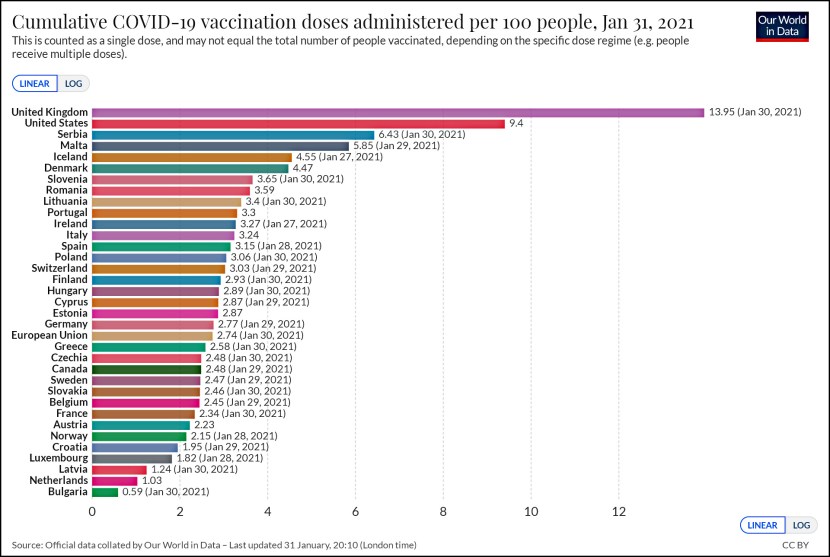Last night Rachel Maddow invited Lee Miringoff, polling director for the Marist Institute for Public Opinion, to discuss the way Fox News is using polls to cut the Republican debate field down to ten candidates. Basically, both Maddow and Miringoff agreed that the whole thing was ridiculous because so many of the candidates on the right-hand tail were so close to each other. Is it really fair for a guy who polls at 3.2 percent to be on stage while a guy with 2.7 percent is kicked to the corner? After all, the margin of error is 3 percentage points. There might not really be any difference between the two.
For some reason, Miringoff didn’t push back on this. But he should have. There are two key bits of arithmetic they left out:
- A typical poll has a 3 percent margin of error. But Fox News is averaging five polls. I don’t know precisely what the margin of error is in this case, but it’s probably somewhere around 1.5 percent.
- The margin of error goes down as you go farther out on the tails. If you have two candidates polling 51-49, you can use the standard margin of error. But for candidates polling at 2 or 3 percent? It’s roughly half the midpoint margin of error.
Put these two together, and the true margin of error for all the also-rans is something like 0.7 percentage points. This doesn’t entirely negate Maddow’s point, since the difference between 10th and 11th place might still be less than that. But it does mean the results are a lot less random than she suggested. Assuming Fox does its poll averaging correctly, there’s actually a pretty good chance that the top ten really are the top ten.
That said, I wouldn’t do the debate this way either. I’d rank all the candidates using the polling average, and then have one debate with all the even-numbered candidates and a second debate with all the odd-numbered candidates. Make it a 3-hour show with 90 minutes given to each group. What’s so hard about that?














